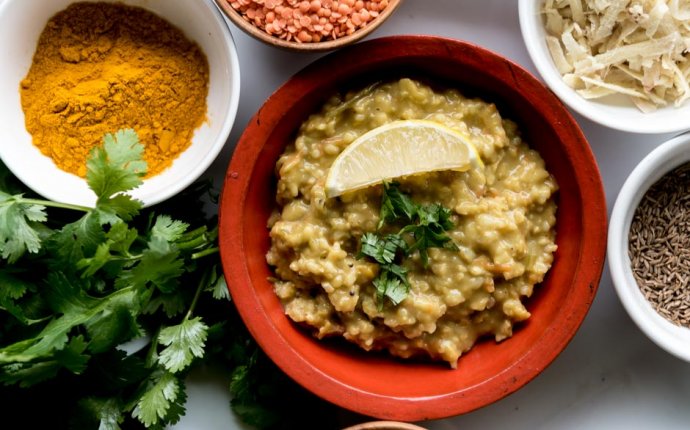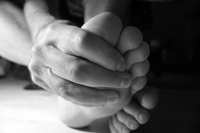
Black sesame oil Ayurveda
 While many of us anticipate and enjoy receiving a massage, few consider self-massage. The Ayurvedic art of self-massage, known as Abhyanga, is often described as being one of the most important regimes in Ayurveda, not only for keeping the skin, hair, nails and joints healthy, but for stimulating and balancing the energy points in the body.
While many of us anticipate and enjoy receiving a massage, few consider self-massage. The Ayurvedic art of self-massage, known as Abhyanga, is often described as being one of the most important regimes in Ayurveda, not only for keeping the skin, hair, nails and joints healthy, but for stimulating and balancing the energy points in the body.
“Massaging your body is a hugely nourishing and nurturing routine to adopt, ” says Jacinta McEwen, Byron Yoga Centre Ayurveda teacher trainer. “It is not only health-promoting, but feels wonderful and is a loving thing to do for yourself.”
Abhyanga self-massage is easy and involves massaging yourself from the limbs in towards the heart, using oil. All the joints receive nourishment as well as the fifteen main energy points of the body, known as marmas, each of which relates to one or more other areas or organs of the body.
The best time to perform Abhyanga is first thing in the morning before showering, or at bedtime. It is best to avoid massage after eating. It can be combined with other routines to help augment these. For example, a healthy Ayurvedic/yoga morning routine would be to wake early, scrape one’s tongue and use the toilet, drink a glass of warm water, perform Abhyanga, then sit in an old dressing gown and socks to keep warm while meditating. Then shower and do pranayama and yoga asanas before breakfast.
“Heat your chosen oil by placing the glass jar in a pan of boiling water and then massage from the limbs in towards the heart, ” says Jacinta. “Do this in a private, warm and relaxed place sheltered from draughts, and practice rhythmic breathing while massaging to increase the benefits.”
If you have limited time you can massage just your feet, but once or twice a week, try and do the entire body, including the head.
Oils ain’t oils
There are several factors to consider when choosing the best oils to use for Abhyanga. There is one’s individual prakruti, or constitution, our vikruti, or current state, and our environment, which includes the day’s temperature as well as the season.














